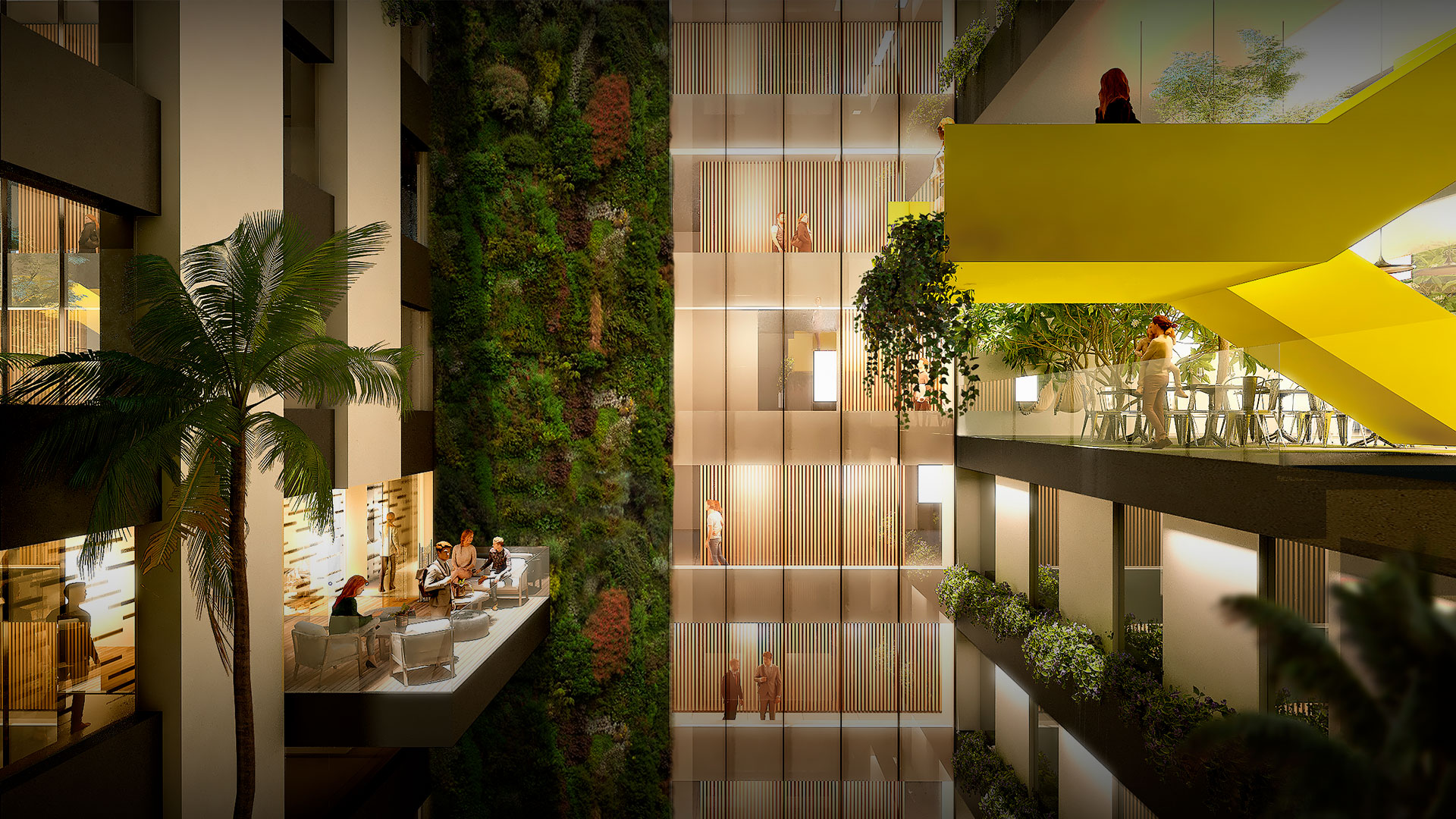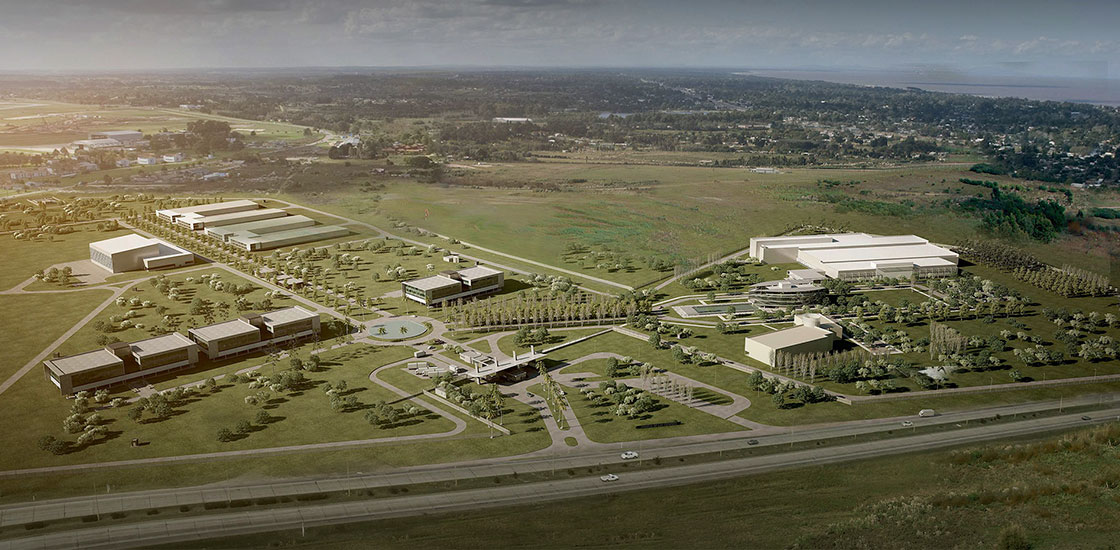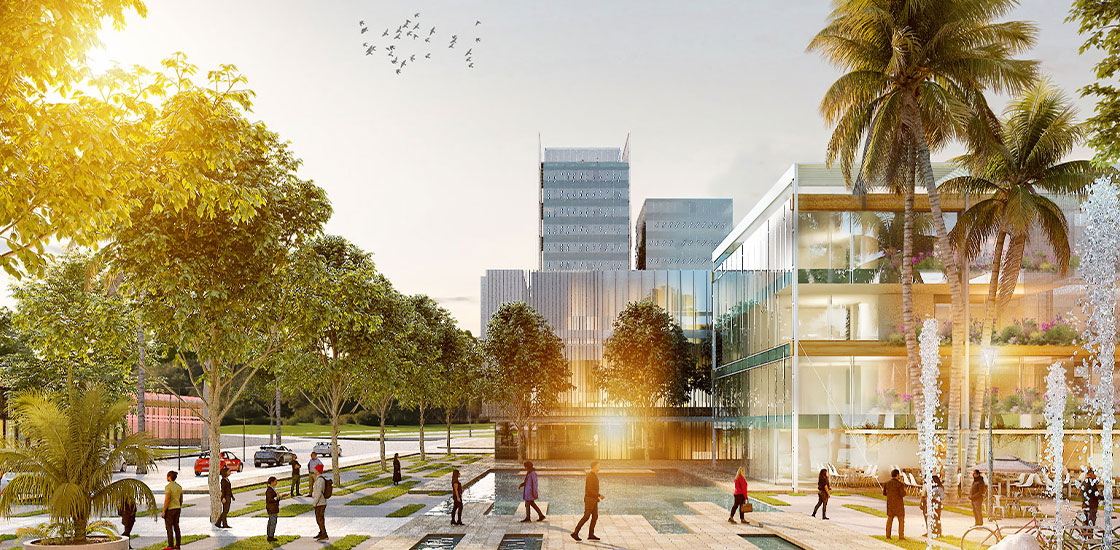

Estimated Reading Time: 7 minutes
The way we inhabit cities and the planet is in constant flux, dynamically evolving in response to social, cultural, technological, and economic shifts. These changes demand new living models that not only meet societal needs but also foster communal interaction and connectivity, enhancing our collective experience.
In this context, architects and urban planners are challenged to innovate and propose housing solutions that resonate with contemporary societal demands, emphasizing communal spaces and interactions that enrich urban dynamics.
CoLiving stands out as a pioneering response to these challenges, rapidly emerging as a preferred living arrangement for a diverse array of individuals. This concept has transcended traditional housing models, offering a vibrant, shared living experience that caters to the evolving preferences of modern urban dwellers.
The Genesis of CoLiving
The concept of community living is as old as humanity itself, with housing historically designed to meet communal needs such as security, resource pooling, and task diversification.
However, the specific notion of CoLiving gained momentum alongside the technological boom in Silicon Valley, propelled by a burgeoning demand for housing due to the rapid expansion of startups and tech giants. This surge led to a housing crunch and skyrocketing rental prices, prompting young professionals to seek alternative living arrangements that emphasized communal living and collaboration.
CoLiving thus emerged as an ideal solution for entrepreneurs, creatives, and tech professionals eager to live among peers who share their values, interests, and aspirations, fostering an environment conducive to personal and professional growth.
Today, CoLiving appeals to a broad spectrum of demographics, including students, entrepreneurs, and digital nomads, offering them flexible, affordable housing options that emphasize short-term commitments.
Moreover, the shared nature of CoLiving spaces allows for optimized space utilization, higher occupancy rates, and enhanced investment returns for developers, making it an attractive and contemporary housing model.
CoLiving and Mixed-Use Developments: Crafting Ideal Communities
As CoLiving continues to gain popularity, real estate developers are increasingly incorporating it into their portfolios, recognizing its potential to cater to underserved market segments with agility and flexibility.
The highly customizable nature of CoLiving spaces means they can be tailored to meet the specific needs, preferences, and interests of different user groups, seamlessly integrating into mixed-use developments that offer amenities like gyms, specialty shops, and cultural activities aligned with the lifestyles of their target audiences.
Incorporating CoLiving into mixed-use projects offers multiple benefits:
Space Optimization:
CoLiving promotes efficient use of space by minimizing private living areas and maximizing shared spaces, enabling developers to create more engaging and communal living environments.
Community Building:
Designed to encourage interaction among residents, CoLiving helps forge strong community bonds, enhancing resident satisfaction through social engagement and a sense of belonging.
Versatility:
CoLiving's adaptability makes it appealing to a wide audience, from young professionals to seniors, adding value to mixed-use projects by attracting a diverse resident profile.
Sustainability:
Sharing resources and spaces in CoLiving setups reduces ecological footprints, aligning with the sustainability goals of mixed-use developments, which also minimize the need for transportation by offering onsite amenities and services.
Economic Stimulus:
By creating vibrant, urban hubs, mixed-use developments with CoLiving components can stimulate local economies, attracting businesses and consumers alike.
Inclusion and Accessibility:
Offering more affordable living options, CoLiving can enhance socio-economic diversity in high-cost urban areas, making quality housing more accessible to a broader population.
In Conclusion:
CoLiving represents a forward-thinking housing solution born from the convergence of various societal transformations. Its emphasis on community, space efficiency, versatility, sustainability, economic stimulation, and inclusivity positions it as a model well-suited to address both current and future housing challenges.
Integrating CoLiving into mixed-use projects not only maximizes space and fosters social cohesion but also promotes socio-economic diversity and environmental sustainability. As our society progresses towards greater digitalization and interconnectedness, CoLiving and mixed-use developments are poised to play a pivotal role in shaping the future of urban living, creating spaces that are more inclusive, sustainable, and vibrant.





